Since I was a young child, I always admired and appreciated the concept of health and safety for all people and in every community. With this concept in mind, I knew that going to college was a strategy to fulfill this young girl’s passion. I had the privilege of attending the University of Miami (UM) as an undergraduate student and recently graduated in May. Presently, I am pursuing a Master of Public Health.
The experiences throughout my life that include my childhood upbringing, military family lifestyle, academic achievements and community service have influenced my passion in public health. However, it was in college when I truly began to understand the importance of improving and protecting the health of people and communities. Especially when realized the lack thereof, which affected my family. This understanding drove me to pursue my passion to drive positive change and serve as an advocate and provider for safe and effective public health services to all populations, especially my own.
As a freshman, I initially majored in biology on the pre-med track. I really struggled with how punnet squares and photosynthesis was going to assist me in fulfilling my public health passion. Because of this struggle, I changed my major to public health.
Furthermore, I chose public health to address the racial and ethnic health disparities that I encountered regularly in my own community and communities around me. The racial and ethnic health disparities I have observed are social disadvantages, discrimination and systemic health morbidities and mortalities.

Growing up as a military brat, I have had the opportunity to travel and be surrounded by many environments. Through these experiences, I have been exposed to concerning racial and ethnic health disparities on every level. My initial experience with a community, social, and health disparity was in 2005. I was nine years old and I had qualified for long-jump in track and field at the AAU Junior Olympic Games in New Orleans, Louisiana. It was one of the greatest experiences of my young life. To be on a national level at the legendary Tad Gormley Stadium competing in a sport that I have loved since I was a young child was just the beginning; it was the city I fell in love with. It was my first time in New Orleans, and it was everything that young Khaila had seen in movies. The city was full of culture, history, food, dancing, and music that made you feel that this place was your home regardless of where ever in the country you were from. I visited places all around the city, I even had the chance to visit Beale Street; gratefully, I went during the day where you were given beads just because you smiled and were under the age of 18. After competing, I left with admiration and love for a city that wasn’t even my own.
Two weeks later Hurricane Katrina in New Orleans left 80% of the city flooded, and some parts 15 feet underwater. Watching TV and seeing the horror of what was once a vibrant and beautiful city being shattered within a week’s time. My eyes were glued to the screen as I watched one of the worst disasters in American history. As I continued to watch and hear discussions about the impact of this disaster, I noticed a common theme of images and discussions addressing the emotional, social and health suffrage of the vulnerable minority population. African Americans make up 69% of the population in the city and of this percentage, 23% live below the poverty line. Thousands of these African Americans were stranded after the evacuation order. They were exposed to the aftermath of the disaster which placed this population at risk from the heat, floodwaters, limited access to adequate health services and lack of basic human needs. These challenging experiences led to numerous illnesses and deaths for these vulnerable citizens. As a child, I did not understand the reasoning why these people who looked like me cannot receive help and were abandoned. Little did I know that this event would highlight the social, historical and political environment of failure of the city. Especially in a city which disparity in health have existed years before Katrina. The population’s health status was linked to adversities of poverty, poor housing, lack of economic opportunities, access to necessary health services and discrimination. This event was the stimulus for my understanding of the complexities of health disparities and public health.
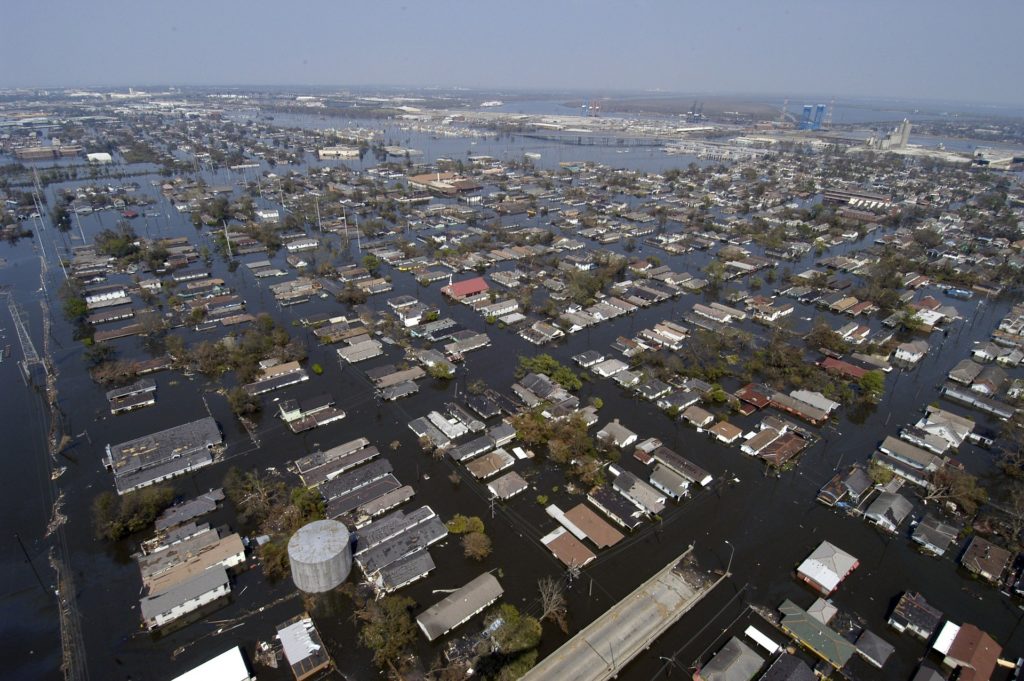
As I matured, I began to better understand these complexities. In high school, I lived in Washington, D.C. It was here that I truly understood that socioeconomic conditions drive the health of a population. The health outcomes and access to care in Washington, D.C. were inadequate and unequal within the poor and ethnic or racial minorities when compared to other majority groups. This was specifically noted with the inequity in HIV statistical data representing diagnosis, mortality and morbidity in D.C. HIV is almost twice the national rate in D.C. Out of these young people in D.C, 8 in 10 are black. These vulnerable groups face severe disadvantages in achieving health and well-being equal to other groups. I experienced this on a personal level when one of my close friends expressed to me that they were HIV positive. It was earth-shattering and confusing to hear, especially because as a teenager you never believe that an illness like that can happen to you or anyone around you. I later learned that there was no way that he could afford the medication used to treat the condition. In addition, health was not the highest priority for this individual facing other challenging and complex issues, such as struggling financially to provide and care for his family. Through this experience, I was able to witness the combating of general health disparities this community faced such as lack of sex education, lack of access to resources like condoms, lack of access to affordable prevention and treatment plans and the stigma placed on HIV. Even then I began to realize that this was an issue regarding equity and healthcare access for this particular community.
I encountered more recent experiences related to ethnic, health and economic disparities during my undergraduate studies at UM. I had the opportunity to travel to Puerto Rico on a mission recovery trip to assist the residents who were severely affected by Hurricane Irma and Hurricane Maria. As we walked through communities, we assessed power outages, lack of running water and inadequate healthcare. We observed several residents facing chronic health conditions and major mental health issues. This was disappointing to see, especially with our mission recovery trip taking place months after the hurricanes hit the island. Media reports and accounts from people on the island, indicated that major humanitarian relief was needed for these families, particularly for children and the elderly. It was evident that major support, funding and repairs were needed for recovery efforts for Puerto Rico. Incidentally, funding and recovery efforts that were originally allocated by the government were not provided. Without this funding, many Puerto Ricans continued to face many health and living challenges and I struggled to understand why providing swift disaster relief aid funding to a US territory was such a difficult process for our government. Many of the locals in the country felt and still feel that, though they are proud American citizens, the US president does not view them as citizens due to some of his insulting comments and attitudes towards specific racial and ethnic groups. These US citizens still have not received the necessary support to recover and regain their ability to strive following this disaster experience.
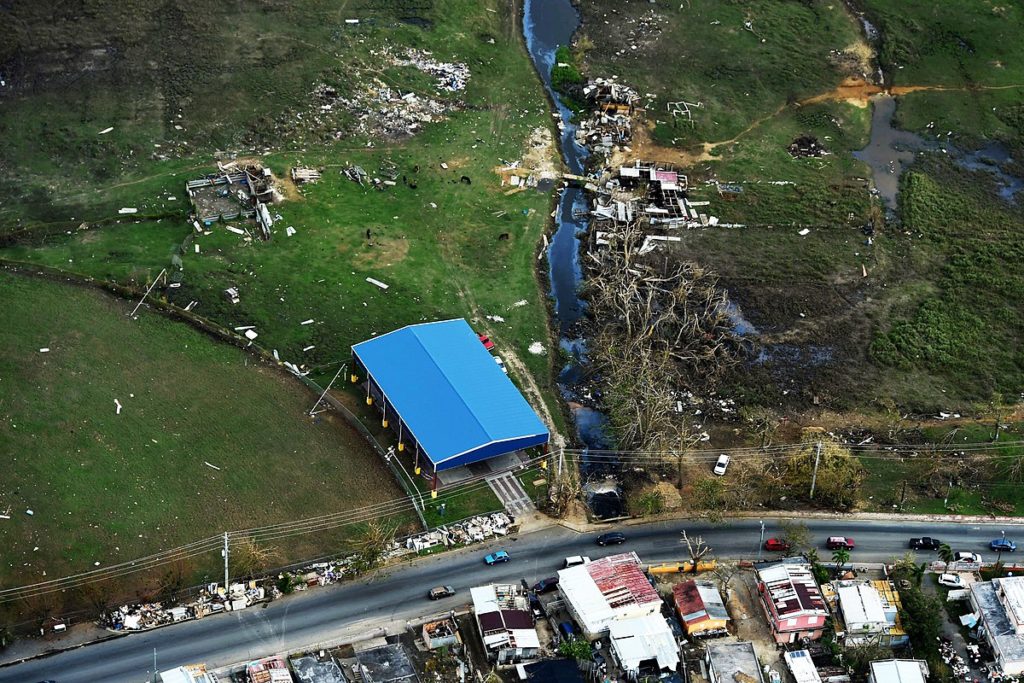
It is evident that these experiences have shaped and contributed to my aspirations and quest to serve populations that are experiencing racial, ethnic and health care disparities. These experiences and my passion to make a difference fuels me with a question; what will future health providers, professionals, researchers, etc. do to address these injustices affecting vulnerable populations?
We continue to work alongside these ethnic, vulnerable populations every day. Our purpose is to make a difference in people’s lives by making our world a little healthier, a little safer and serving people regardless of color, religion, socioeconomic status, etc. We live in a society where it is so easy for people to turn the other way when they hear or see inequality especially when it occurs toward or within racial and ethnic groups. News flash for those who don’t want to see it, don’t believe it or truly are unaware: racial and ethnic health disparities exist. Nonetheless, it is our sole responsibility to help others not just as individuals working in future health careers but as a part of humankind.
Okay Khaila, I hear you loud and clear. Yes, I would like to help address these issues, but I’m just a student. What difference can I make and where I do I start?
First and foremost, you are never too small to make a difference. That’s why you chose this career path. Of course, the causes of health disparities are multi-fractional and extend far beyond the healthcare system. However, the power of conversation is the start of addressing these issues. Studies have shown several effective ways to address racial and ethnic health disparities:
- Decrease bias, stereotyping, prejudice and clinical uncertainty when working with minority groups
- Support and contribute towards interventions that address these disparities (participate in them and use what you learn and take back to implement into your career)
- Implement change of federal priorities/policies
- Support legislation focused on the reduction of disparities
Though it may seem small, it is the beginning of a long journey towards eliminating racial and ethnic health disparities.
- Hurricane Dorian: Miamians Reflect on Public Health Response, Climate Change - September 4, 2019
- Why Public Health: Disparities in Health - August 25, 2019

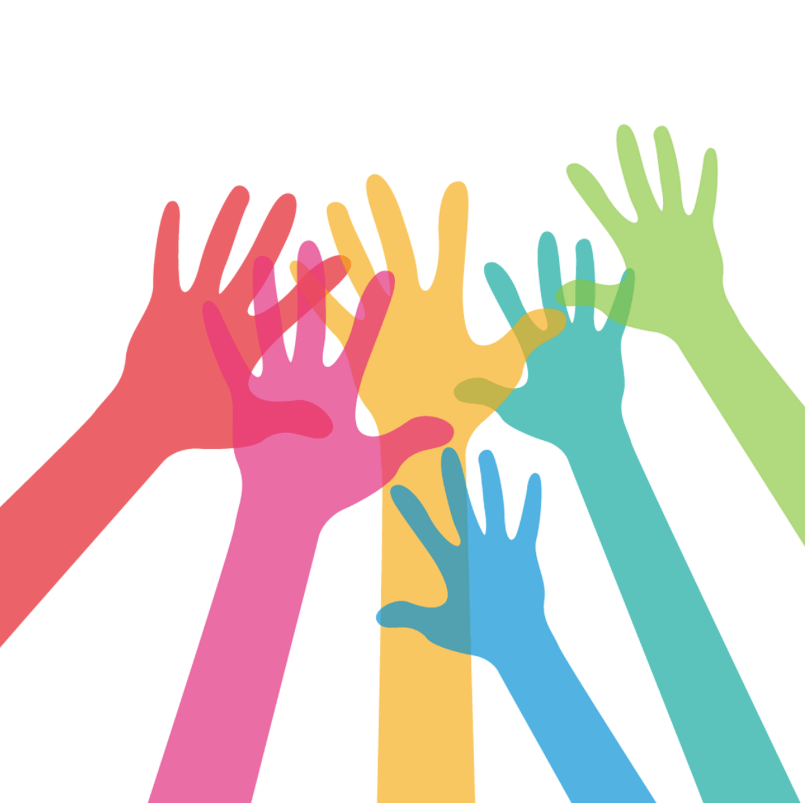

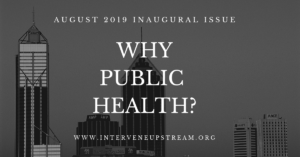
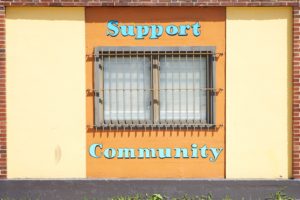
Pingback: Introducing Intervene Upstream: 2019 Inaugural Release » Intervene Upstream, the online peer-reviewed public health publication for graduate students
Khalia – congrats on being one of our two most-read articles since the launch! We are going to feature this in our newsletter! 🙂